
McDonald’s is making a bold move that’s leaving some breakfast regulars stunned. A limited-time menu item is getting the axe by July 2, marking the end of a high-profile partnership that once had fast food fans buzzing. The company hasn’t made a cut this significant to its breakfast lineup in years, and customers are already voicing frustration. What’s behind the decision?
According to both companies involved, this isn’t about taste or demand, it’s about dollars and logistics. And while this item didn’t last long, it carried big implications for both brands. So what exactly is disappearing? The answer may surprise you.
A Loyal Following, Cut Off Cold
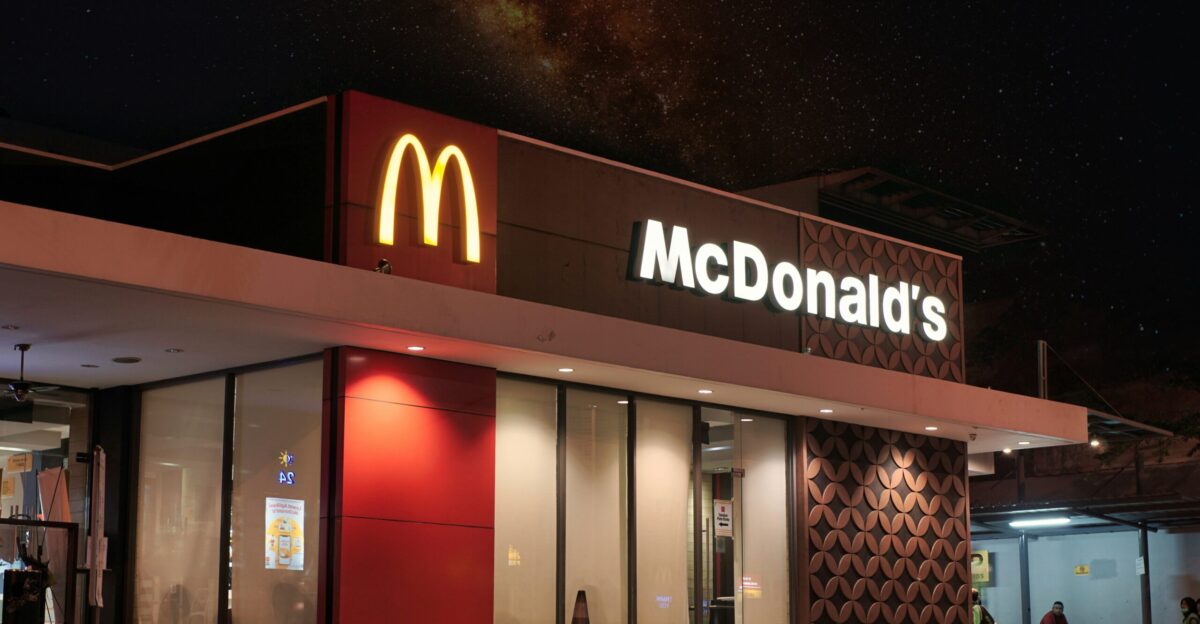
The news has sparked outrage on Reddit and social media. Customers who came to love the convenience of combining their favorite coffee stop with a sweet treat are now mourning the loss.
For many, especially in areas without dedicated bakeries, this menu item was more than a snack, it was their only access to a beloved brand. Fans in Long Island and beyond have called the change “a major letdown.”
The sudden removal leaves a doughnut-sized hole in their morning routines. But despite the outcry, McDonald’s is standing firm, saying the move was necessary after reviewing the financials. Still wondering what’s gone?
Say Goodbye to Krispy Kreme at McDonald’s
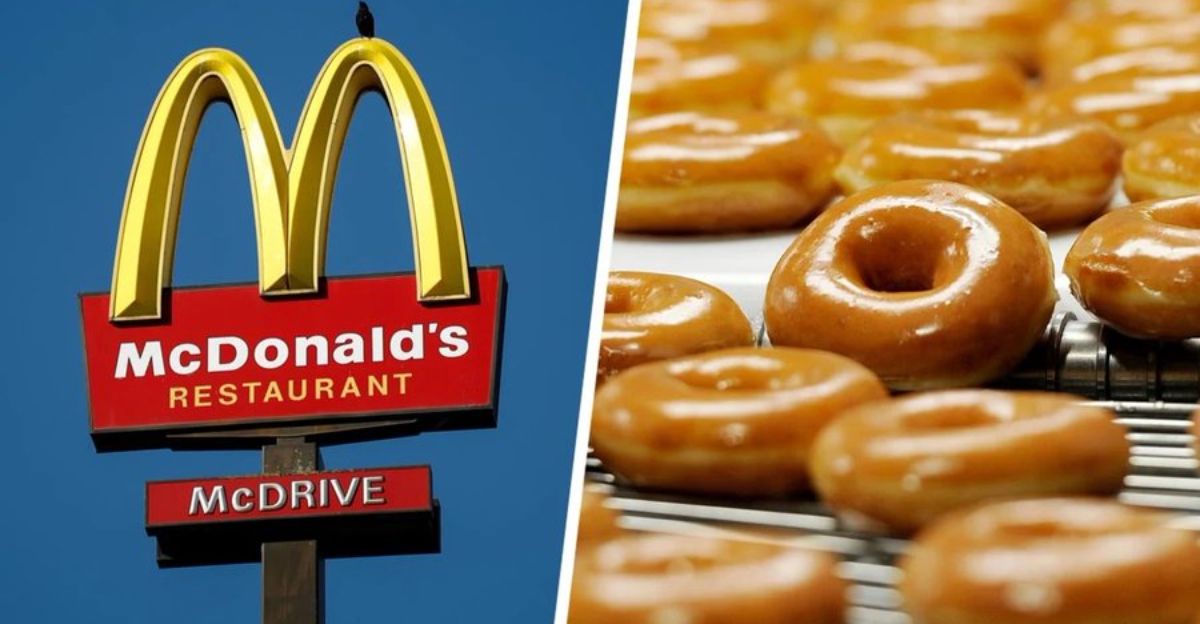
The breakfast item getting pulled? Krispy Kreme doughnuts. That’s right, McDonald’s is ending its short-lived but buzzworthy partnership with the iconic doughnut chain. Three flagship flavors; the Original Glazed, Chocolate Iced with Sprinkles, and Chocolate Iced Kreme Filled, will vanish from participating McDonald’s menus by July 2.
Initially seen as a genius fusion of grab-and-go breakfast and brand nostalgia, the move gave McDonald’s a unique edge in the breakfast wars. But as fans scoop up their last six-packs of glazed goodness, both companies are admitting that the dream didn’t pan out as expected.
A Sweet Deal That Started Strong
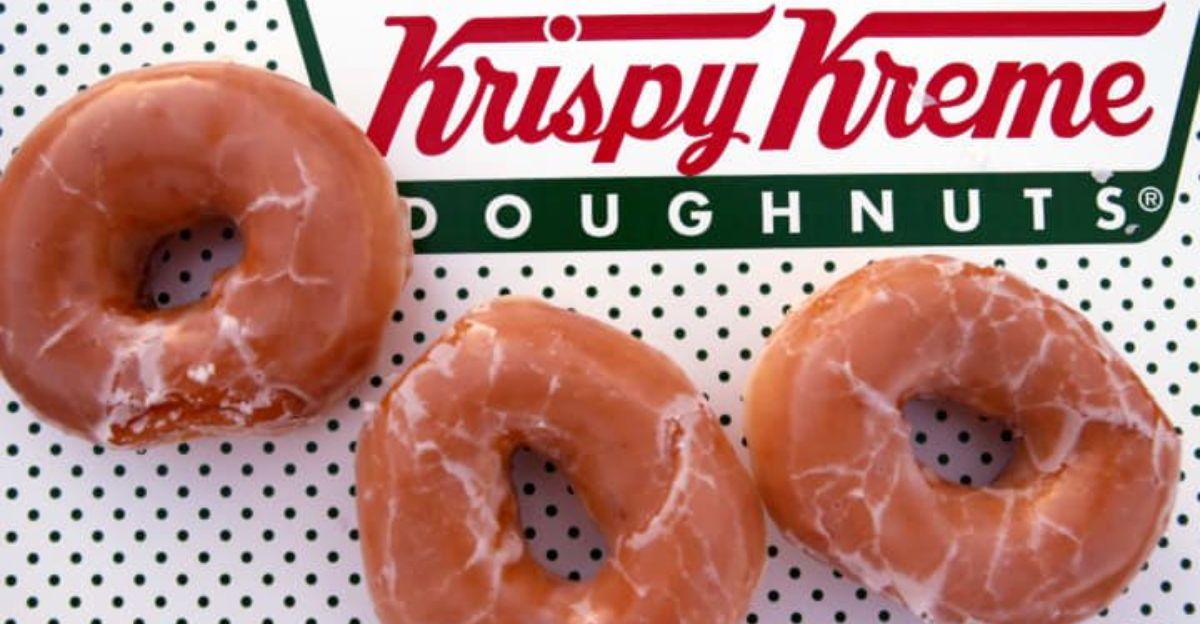
This unlikely partnership began in 2022 with a small test in Kentucky. McDonald’s offered the customer base and storefronts, while Krispy Kreme supplied fresh doughnuts daily from its production hubs. The pairing seemed promising: McDonald’s got a premium breakfast boost, and Krispy Kreme gained massive reach without opening new locations.
By early this year, the doughnuts had reached 2,400 McDonald’s restaurants, roughly 18% of all U.S. locations. Customers loved the combo. But while the rollout looked smooth from the outside, big problems were bubbling under the surface, ones that would soon prove fatal to the partnership.
From Local Test to Nationwide Rollout
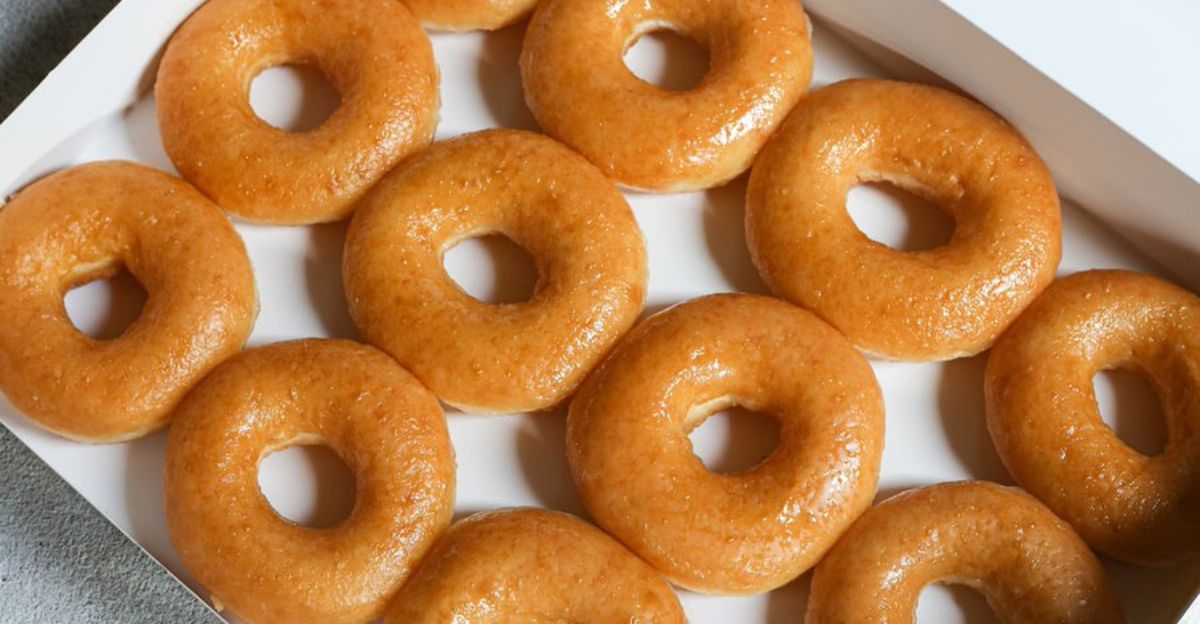
After the initial Kentucky trial exceeded expectations, the doughnuts expanded to hundreds of stores in Indiana and beyond. By 2024, McDonald’s and Krispy Kreme were preparing for national rollout by 2026. The partnership was heavily marketed and made available through drive-thru, delivery, and the McDonald’s app. But by 2025, the novelty wore off. Sales dipped, and stores reported underwhelming demand.
Despite widespread availability, many locations struggled to move product consistently. With supply chains already stretched, the strain of keeping doughnuts fresh across McDonald’s vast network began to outweigh the benefits. Behind the scenes, executives started reconsidering.
A Numbers Game That Didn’t Add Up
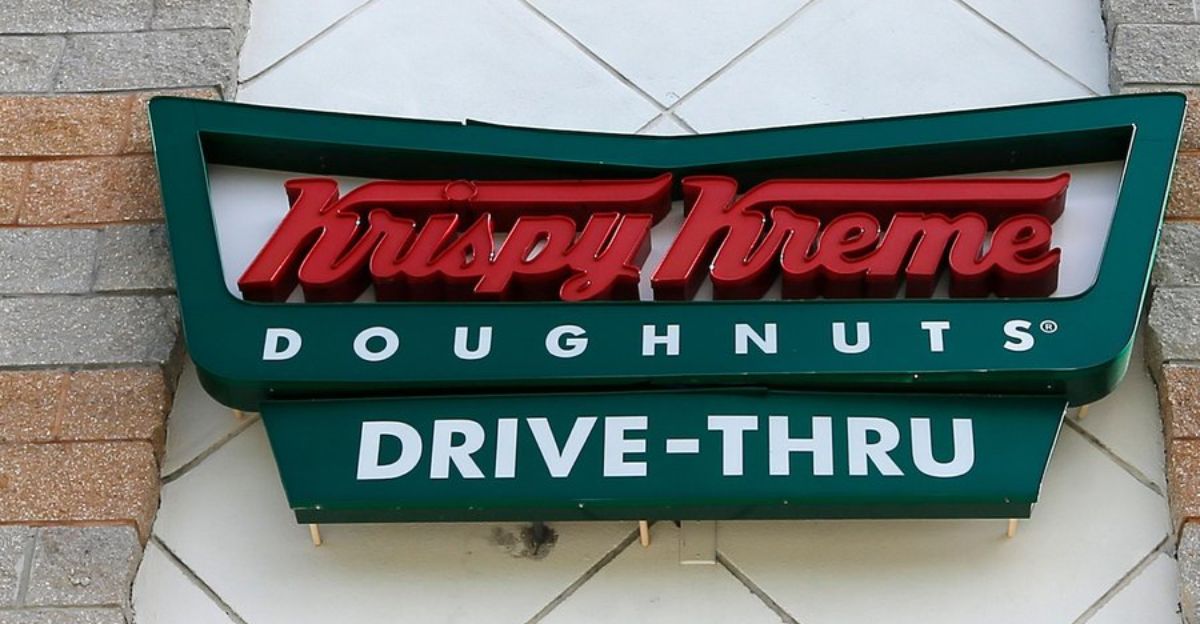
The doughnuts didn’t fail because they weren’t good, they failed because they weren’t profitable. Krispy Kreme CEO Josh Charlesworth admitted the brand couldn’t “bring … costs in line with unit demand.” Their model depends on daily delivery and next-day product retrieval, which made sense for grocery stores but not for individual McDonald’s outlets. The losses mounted.
In Q1 of 2025, Krispy Kreme saw a 15% revenue decline and a $33.4 million net loss. That financial pressure forced them to pause further expansion, reassess their strategy, and ultimately pull the plug on what was supposed to be a game-changer.
Behind the Corporate Curtain
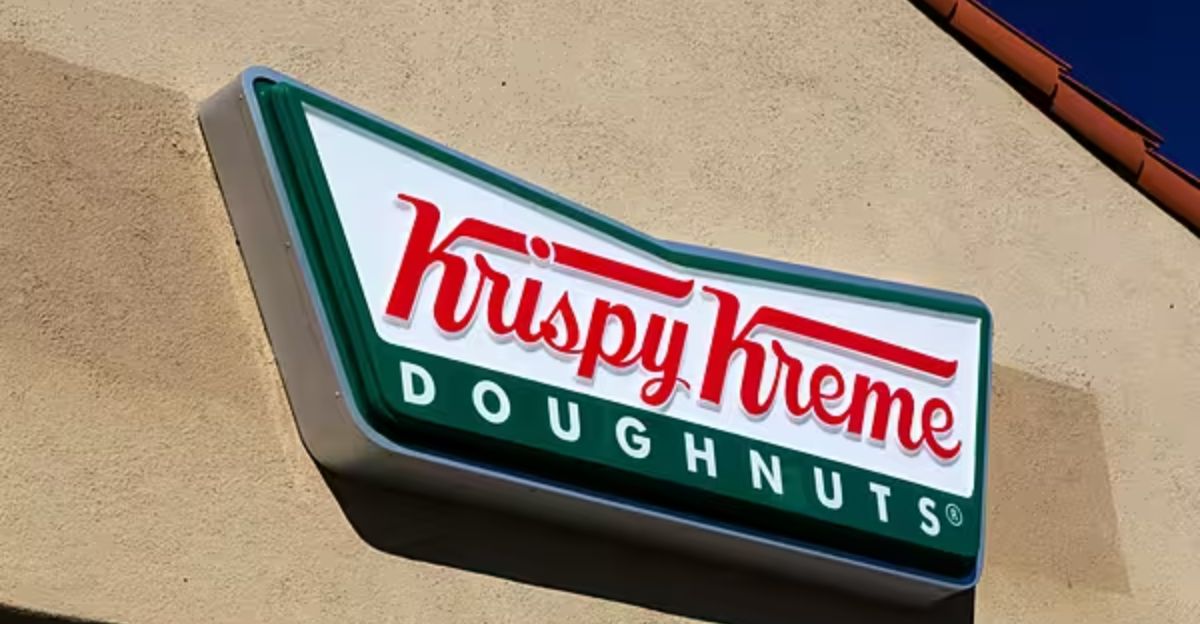
Both companies issued carefully worded statements, but the tension showed. McDonald’s called the doughnuts “a small, non-material part” of their breakfast business, signaling minimal concern about the loss. Krispy Kreme praised the collaboration but made it clear the economics just didn’t work. The public breakup comes at a sensitive time.
McDonald’s is also battling falling U.S. sales, while Krispy Kreme faces lawsuits over how it communicated the partnership’s financial viability. What started as a feel-good brand collab has become a case study in fast food ambition colliding with harsh operational realities.
McDonald’s Breakfast Still Dominates
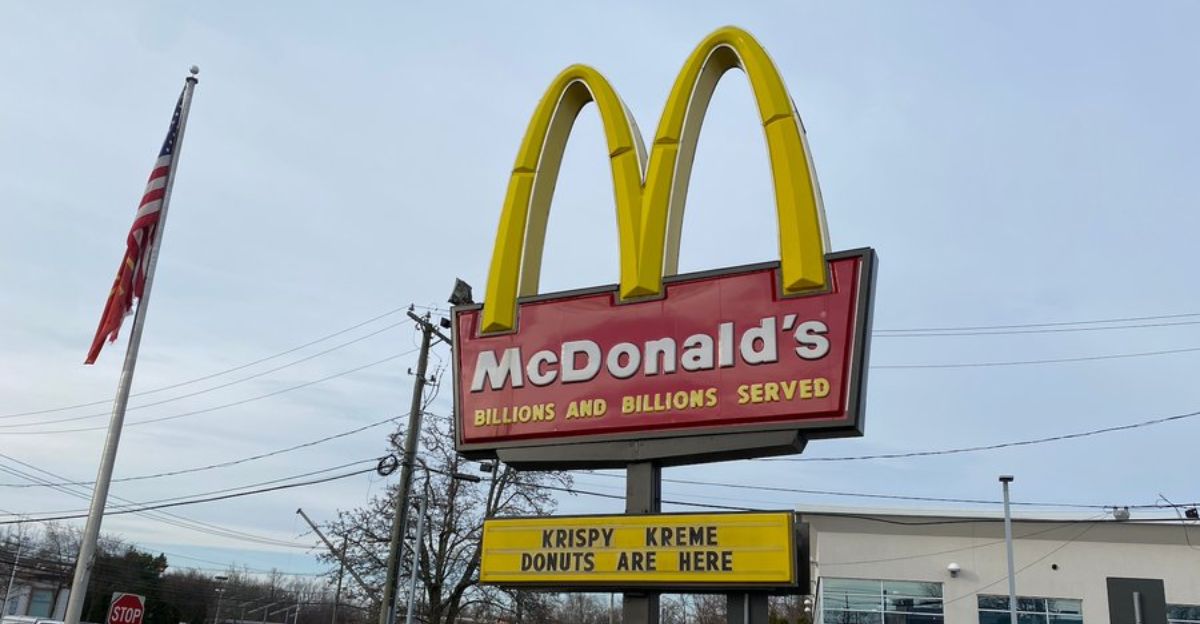
Despite losing Krispy Kreme, McDonald’s breakfast empire isn’t hurting. The brand still dominates morning menus nationwide with longtime staples like the Egg McMuffin and hash browns. Even amid a 3.6% drop in U.S. sales, the steepest since COVID, McDonald’s is doubling down on value deals, like $5 breakfast bundles and $1 “buy one, add one” specials. The takeaway? McDonald’s knows its strengths.
The Krispy Kreme move was a flashy experiment, but in the end, the chain remains committed to speed, affordability, and consistency. Doughnuts or not, their breakfast game is still strong, and far less complicated without daily pastry deliveries.
What’s Next for Krispy Kreme?

Krispy Kreme now has to regroup. The brand is shifting focus back to its core strength: delivering fresh doughnuts to high-volume retailers like grocery stores and convenience chains. Fast food partnerships may be off the table for now, especially after investor lawsuits and sharp stock declines in 2025.
Still, Krispy Kreme’s legacy and loyal fan base remain intact. Limited-time collaborations might be their next move, something less permanent and more flexible. One thing is clear: the company will be more cautious before tying its future to another restaurant giant. For now, it’s back to basics, and damage control.
Your Last Chance Is July 2

This isn’t just another menu change, it’s the end of a rare fast food alliance. After July 2, McDonald’s customers won’t find Krispy Kreme anywhere on the menu. For those without standalone Krispy Kreme shops nearby, this is more than inconvenient, it’s a loss of access.
The experiment may have flopped, but it leaves behind an important lesson: in today’s fast food landscape, even fan-favorite items can disappear if the numbers don’t work. Whether you’re mourning the loss or just curious to try them once more, there’s still time, but the clock’s ticking fast.
